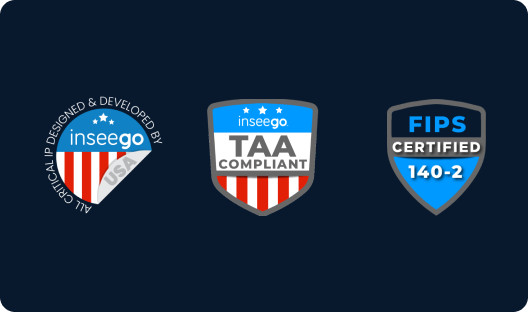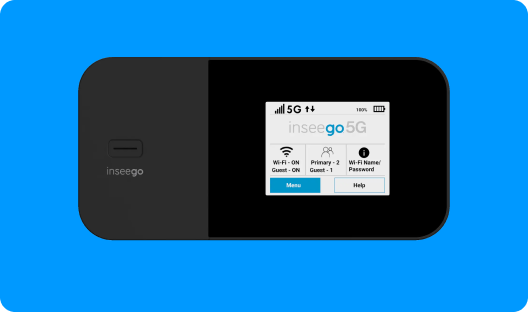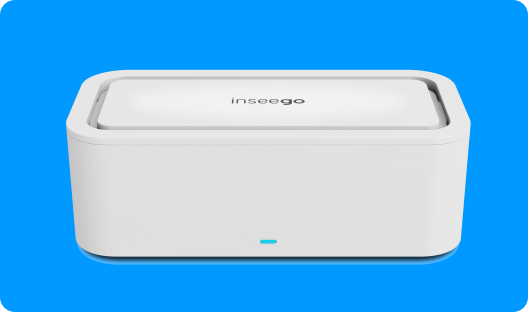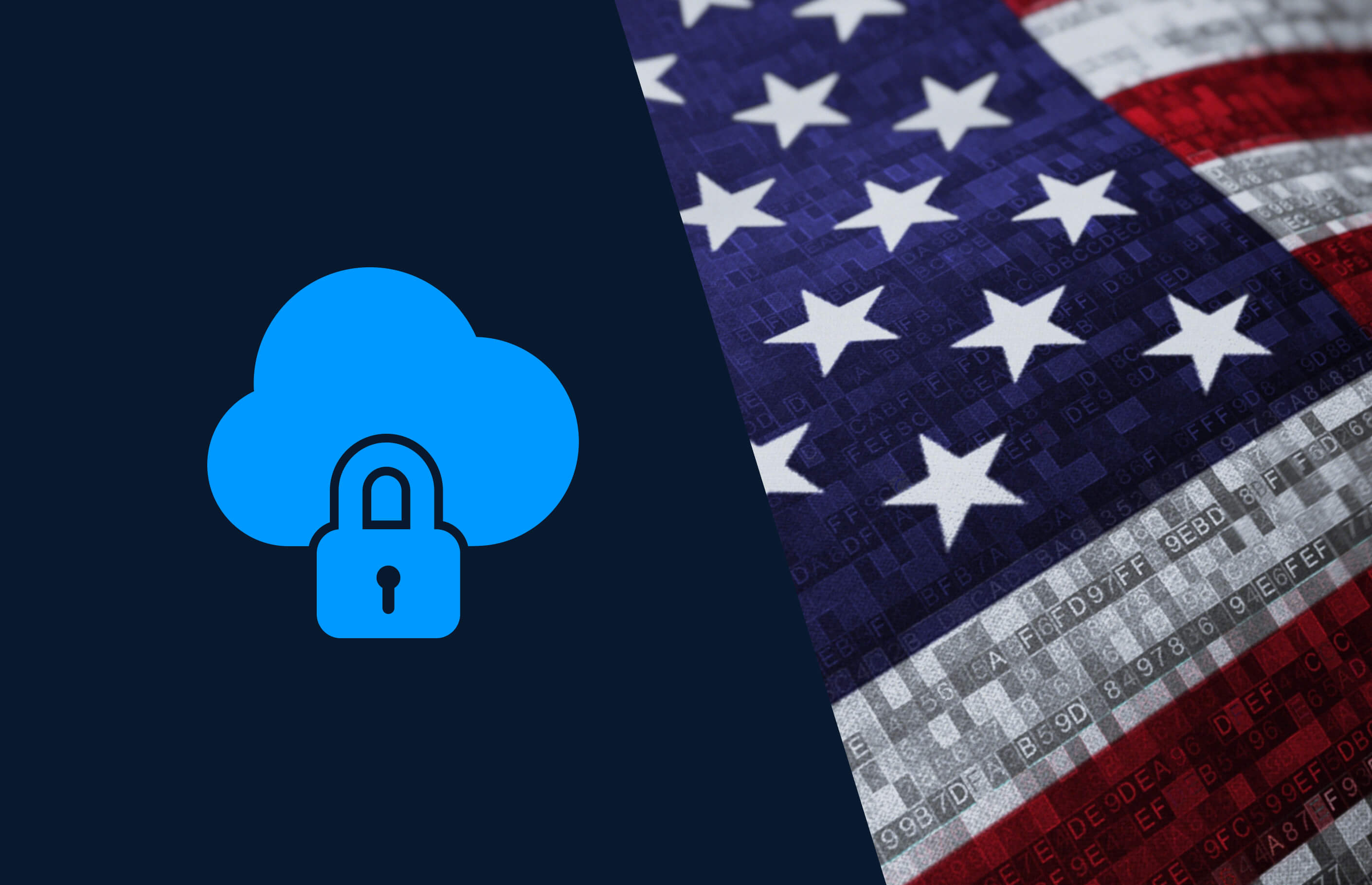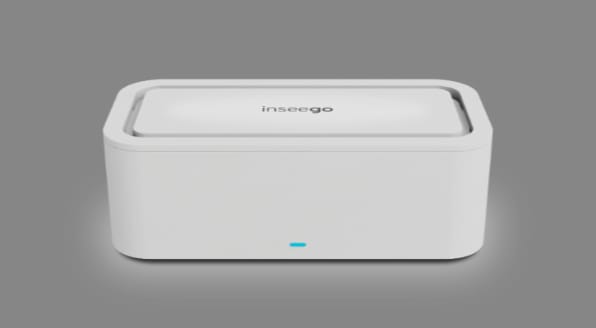Also in this category
View more in Safety & SecuritySafety & Security
Navigating FedRAMP compliance: safeguarding federal data in the age of cloud computing
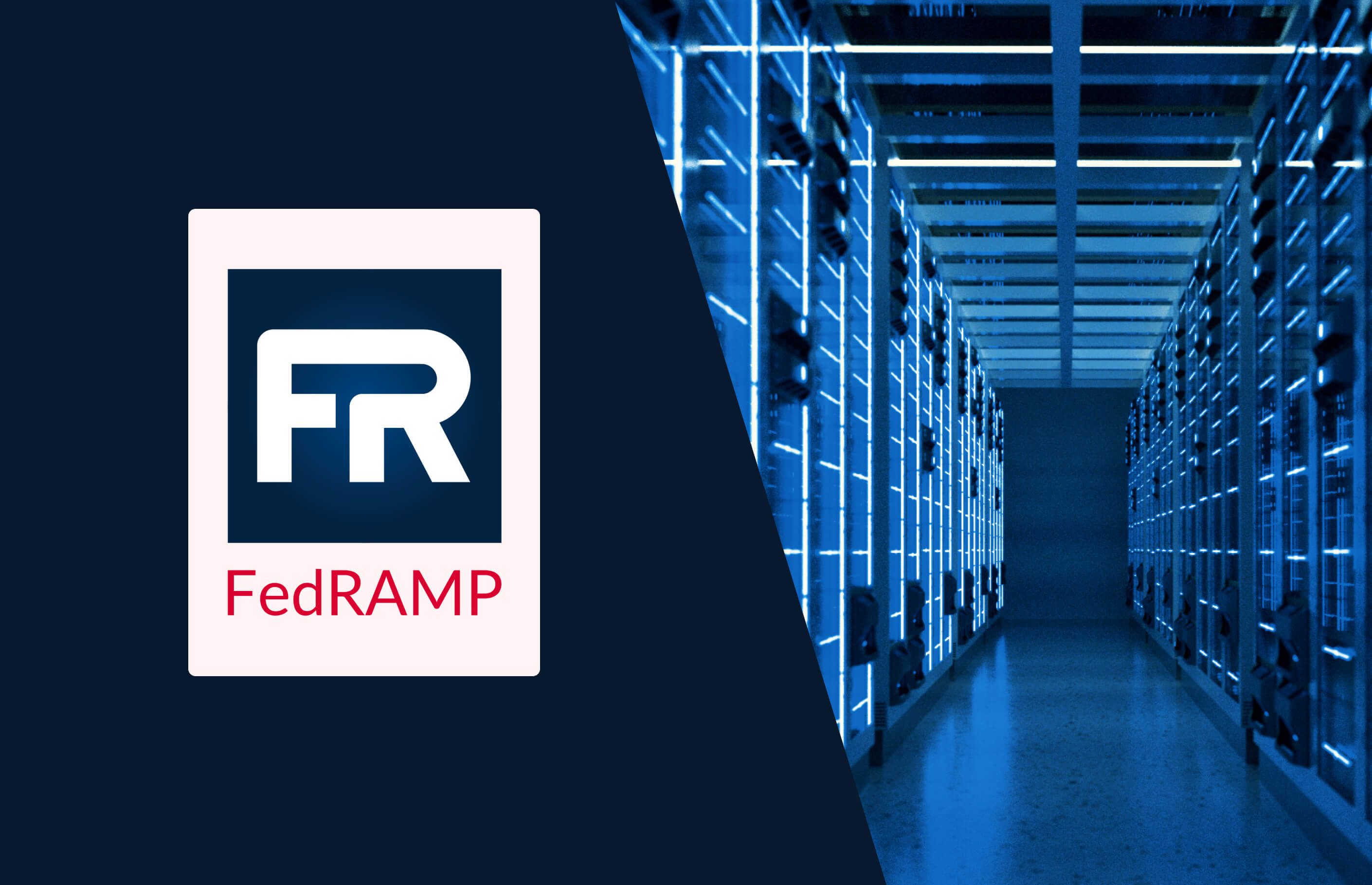
The Federal Risk and Authorization Management Program (FedRAMP) is a government-wide program established in 2011 to address the growing use of cloud computing by government departments and the sensitive nature of federal data. Its purpose is to ensure the security and compliance of cloud service providers (CSPs) working with federal agencies, making FedRAMP authorization a requirement for all CSPs seeking to work with the U.S. federal government.
FedRAMP’s standardized approach involves a thorough security assessment and authorization process through the Joint Authorization Board (JAB) and the Department of Defense’s FedRAMP mission partner. The process is overseen by the Program Management Office (PMO), which collaborates with third-party assessment organizations (3PAOs) to evaluate and certify CSPs as FedRAMP compliant.
The FedRAMP authorization process
The FedRAMP authorization process involves four steps: readiness assessment, security assessment, JAB authorization, and agency authorization.
Readiness assessment
The first step in the authorization process is the readiness assessment. During this stage, the CSP must assess their readiness to comply with the FedRAMP requirements. This includes examining their existing security controls and identifying any gaps that need to be addressed. The CSP must also evaluate their system to ensure that it meets the National Institute of Standards and Technology (NIST) security controls outlined in the FedRAMP Authorization Baseline.
There are two different kinds of security controls to keep in mind for this step:
Technical controls: These are a crucial aspect of FedRAMP compliance, as they focus on the technical aspects of securing the system. These controls are implemented to prevent, detect, and respond to security threats and vulnerabilities. To ensure compliance, CSPs must evaluate their System Security Plan (SSP) which outlines the security controls and requirements in place for their system. This allows for a thorough assessment of the system's security posture and helps identify any gaps that need to be addressed
Here are a few examples of technical controls:
- Information security policies: FedRAMP requires CSPs to have policies in place that outline how security will be maintained throughout the lifecycle of the system. These policies cover areas such as data classification, access control, and incident response.
- Vulnerability scanning and assessments: This involves regularly scanning the system for any vulnerabilities and identifying potential risks. This allows for timely mitigation and helps prevent potential cyber-attacks.
- Data encryption: This involves encrypting data at rest and in transit, ensuring that even if data is compromised, it cannot be accessed without proper authentication.
- Strong password policies: FedRAMP requires CSPs to implement password complexity and expiration policies to minimize the risk of unauthorized access to systems and data.
Operational controls: These focus on the processes and procedures in place to ensure the ongoing security of the system. These controls are put in place to manage and monitor the system, as well as to educate and train employees on cloud security best practices.
Here are a few examples of operational controls:
- Change management process: This involves having a system in place to manage and track changes to the system, ensuring that they are properly documented, tested, and approved before being implemented. This helps to prevent unauthorized changes and reduces the risk of system flaws.
- Security awareness training: This involves educating employees on security policies and procedures and how to recognize and respond to potential threats. By raising awareness, employees become an integral part of the security process.
- Access controls: is a crucial operational control for protecting federal information. This involves implementing policies and procedures to manage user access and restrict unauthorized access to the system. Regular access reviews and the use of multi-factor authentication are important aspects of access control.
- Disaster recovery and contingency plan: is a necessary operational control to ensure the continuity of operations in the event of a disruptive incident. CSPs must have a plan in place to recover from natural disasters, system failures, or cyber-attacks. This also includes having regular backups of critical data and system configurations.
- Maintenance of system documentation: is another operational control required by FedRAMP. CSPs must maintain up-to-date documentation on the system's design, configuration, and security controls. This ensures transparency and promotes accountability within the organization.
Security assessment
The second step is the security assessment. This involves an independent third-party assessment of the CSP's system to ensure that it meets the FedRAMP security requirements. The CSP must work with an accredited independent assessor to conduct the assessment, which includes reviewing the system's security controls, conducting vulnerability scans and penetration testing, and submitting a security assessment report.
JAB authorization
Once the security assessment is completed, the CSP can submit their security assessment report and SSP to the Joint Authorization Board (JAB). The JAB is a group of cybersecurity experts from the Department of Homeland Security (DHS), the General Services Administration (GSA), and the Department of Defense (DoD). The JAB reviews the security assessment report and makes an authorization decision based on the risk posture of the system.
Agency authorization
The final step in the authorization process is agency authorization. After receiving JAB authorization, CSPs must then receive authorization from the federal agency that will be using the system. The agency must review the security assessment report, SSP, and JAB authorization decision and determine whether to grant authorization for the system to be used within their organization. Once the system has been authorized by the JAB and the designated federal agency, the CSP can begin offering its services to federal agencies.
However, it is important to note that the authorization process is ongoing and CSPs must maintain compliance with the FedRAMP security requirements and continue to undergo periodic security assessments to maintain their authorization status.
Types of FedRAMP authorization
There are two types of authorizations: provisional authority to operate (P-ATO) and authority to operate ATO.
P-ATO authorization
A P-ATO, or Provisional Authority to Operate, is a temporary authorization granted by the FedRAMP to a cloud service provider (CSP) that has undergone a rigorous security assessment process. This authorization allows the CSP to offer their services to government agencies while they work towards obtaining a full ATO (Authority to Operate).
The main purpose of a P-ATO is to streamline the procurement process for government agencies looking to adopt cloud products. By having a list of CSPs with P-ATOs on the FedRAMP Marketplace, agencies can easily identify and select a compliant cloud service for their specific needs. This not only saves time but also ensures that the selected CSP has already met the stringent security requirements for compliance.
ATO authorization
On the other hand, authorized CSPs have completed the full certification process and have met all the necessary security standards set by FedRAMP. These CSPs are listed on the FedRAMP Marketplace as well, and government agencies can procure their services with confidence knowing that they have met rigorous security requirements.
Categories of FedRAMP compliance
According to FIPS 199, three levels of impact determine the level of security controls required for a federal information system. These levels are:
Low Impact
This is the lowest level of impact and applies to systems where the loss of confidentiality, integrity, or availability of information would have a limited adverse effect on an organization's operations, assets, or individuals. This level requires a minimum set of security controls to be implemented.
Moderate Impact
This level applies to systems where the loss of confidentiality, integrity, or availability of information would have a serious adverse effect on an organization's operations, assets, or individuals. This level requires a moderate set of security controls to be implemented.
High Impact
This level applies to systems where the loss of confidentiality, integrity, or availability of information would have a severe or catastrophic adverse effect on an organization's operations, assets, or individuals. This level requires the most rigorous set of security controls to be implemented.
Benefits of FedRAMP compliance
There are many benefits to achieving FedRAMP compliance for both government agencies and CSPs. Below you will find a few:
Streamlined Procurement Process
One of the main benefits of FedRAMP compliance for government agencies is the streamlined procurement process of pre-approved secure cloud service offerings (CSOs). By using pre-approved CSPs, procurement officers can save time and resources by not having to go through the lengthy and complex process of vetting and approving individual cloud service providers. Upon completion of a FedRAMP assessment, CSPs are added to the FedRAMP Marketplace, providing government agencies with a list of trusted and authorized CSOs to choose from. This not only saves time and effort for government agencies, but also ensures that the solutions they choose are already compliant with federal security standards.
Risk Reduction
Another major benefit of FedRAMP compliance is the reduction of risk for both government agencies and CSPs. By following the rigorous requirements set forth by FedRAMP, CSPs can strengthen their security posture and protect against cyber threats. For government agencies, this means that their data and information are more secure and less vulnerable to breaches or attacks. By employing best practices and following strict security protocols, both CSPs and government agencies can rest assured that their data is protected and compliant with federal regulations.
Cost Savings for CSPs
While achieving FedRAMP compliance may initially require a significant investment of time and resources for CSPs, it can ultimately lead to cost savings in the long run. Once authorized, CSPs can market themselves as compliant with federal security standards, making them eligible to work with government agencies. Additionally, by implementing the necessary security protocols and best practices, CSPs can improve overall operational efficiency and reduce the cost of cyber incidents or avoid non-compliance penalties.
Increased Market Opportunities
In addition to cost savings, achieving FedRAMP compliance also opens new market opportunities for CSPs. By becoming authorized, CSPs can work with not only federal agencies but also state and local government entities, as well as other organizations that require strong security standards. This increases the potential for partnerships and collaborations, leading to potential business growth and expansion.
Continuous Monitoring and Improvement
Achieving FedRAMP compliance is not a one-time process, but an ongoing effort. This means that CSPs must continuously monitor and maintain their compliance to retain their authorization. This dedication to constant improvement and adherence to strict security standards not only ensures the current security of federal data but also sets a precedent for future security practices. By continuously evaluating and improving their systems and processes, CSPs can stay ahead of potential security threats and risks and maintain their stance as trusted providers for government agencies.
In conclusion, achieving FedRAMP compliance can bring numerous benefits to both government agencies and CSPs. From risk reduction and cost savings to increased market opportunities and a more efficient procurement process, FedRAMP compliance is essential for securing federal data and ensuring the integrity and security of our nation's sensitive information. Although there may be challenges and hurdles along the way, the result is a more secure and efficient government ecosystem.
Inseego and FedRAMP Compliance
Compliance with FedRAMP requirements is essential for cloud service providers (CSPs) working with government agencies. Our software, SD-EDGE, can be easily hosted on FedRAMP-authorized cloud environments such as AWS Govcloud and Azure Govcloud. SD-EDGE also eliminates the need for expensive on-premises solutions by providing additional features like remote management and built-in security measures to assist with FedRAMP compliance.
Inseego provides reliable and secure hardware & cloud solutions that are tailored to the needs of government agencies. By remaining committed to FedRAMP compliance compatibility, we strive to provide a user-friendly platform for CSPs and government agencies to harness the benefits of cloud technology while maintaining the highest levels of security.


